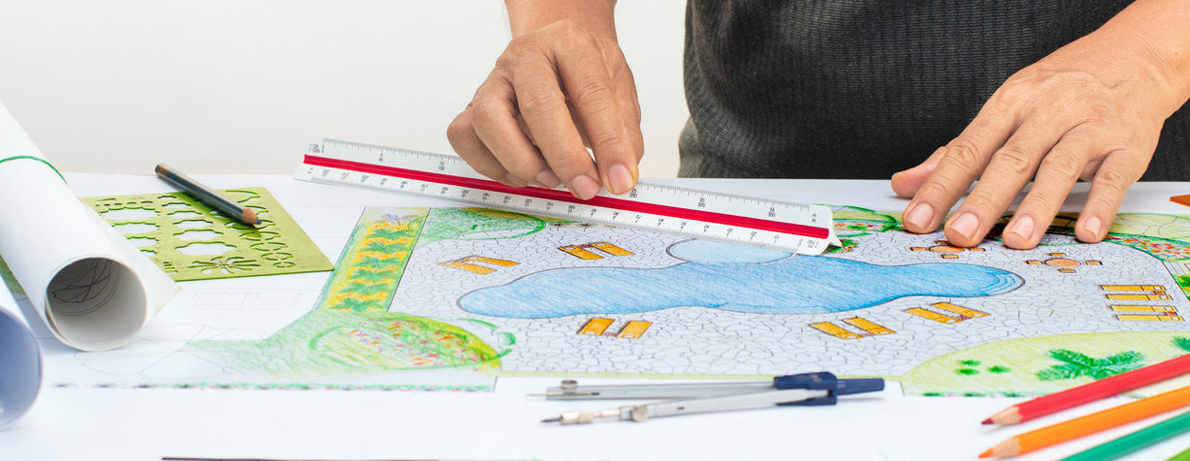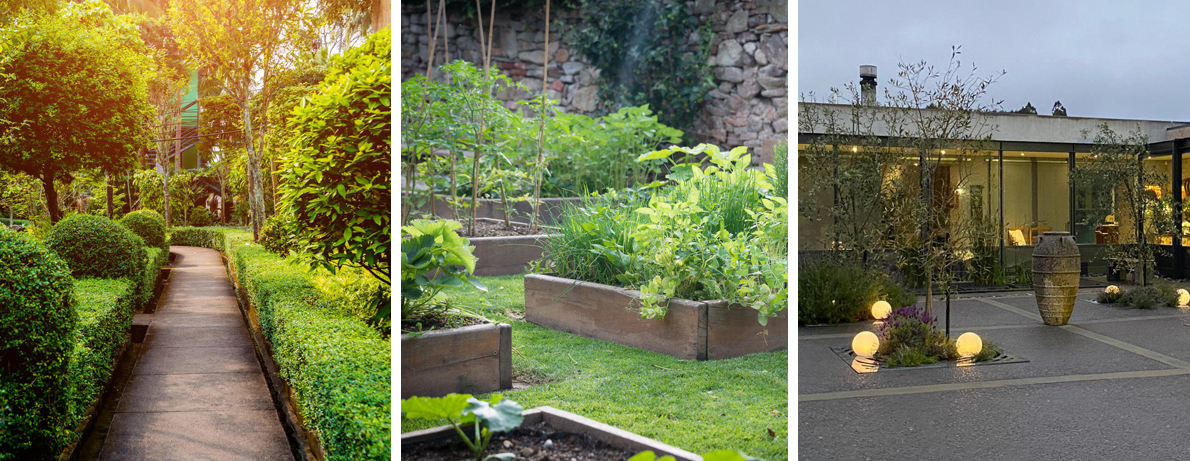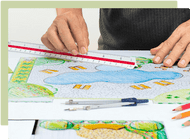Posted by Kelly Jean Reyland
9th Feb 2024
Top tips for planning your garden

Creating a garden from a blank slate is not common unless you are building a new house. And even then, depending upon the developer, you might find it's done for you before you move in!
Whether you find yourself in the lucky position of a clean slate or you're working with an existing garden, here are some questions to think about and answer before you get ahead of yourself and start buying plants without a plan...
Lifestyle
What uses does the space have to accommodate? For example; outdoor entertaining with friends, play space for kids, pets, overflow car parking, growing your own fruit and veges, exercise space?
What are some things you would love to have in the garden? For example, patio/deck for indoor-outdoor flow and BBQ area, water feature, big lawn/no lawn, plants to attract birds or bees, specific plants or colours you love, a vegetable or herb garden, a picking garden, a quiet space to sit, and the list goes on.
What are the priorities of the needs and wants listed above and are they compatible with each other? Compromises may have to be made.
How much time can you spare to work in the garden, and do you actually enjoy gardening? This will help determine the maintenance level for the garden and the planting style.
Are there mobility issues to consider? For example, are changes of levels or materials practical, are the paths and gates wide enough, do garden beds need raising?
Super important - what is your budget? Who is going to do the hard landscaping - paths, decks, raised planters and so on. Who is going to do the soil prep work and who will do the planting? Hard landscaping can add up very quickly so choose your materials and sizes thoughtfully. How long are you prepared to wait for your garden to reach 'design maturity’ i.e. when it looks established? If you are in a hurry, you will need to choose bigger plants and again, these can add up very quickly. If you are prepared to wait, you can use smaller size plants which are cheaper.

Site Analysis
Then we move on to questions about the site - this is called site analysis in the landscape design field. We are looking at the physical site and what we are working with. It can be useful to draw a bubble diagram over a site plan so you can see how different factors interact.
Sunlight - How does the sun move across the site, where are the full sun spots and shady spots?
Shape of the land - is it a simple flat site or are there levels that need to be dealt with to make practical spaces?
Shelter - Where does the prevailing wind for your area come from? Does the wind tunnel through parts of the site and require filtering with plants?
Soil - What are you working with? On a building site the topsoil is generally scraped off the whole site and then brought back on, but what is the base you are working with? Clay? Sand? A type of loam? If you are dealing with the extreme of clay or sand, you have the opportunity to improve the soil by adding gypsum over clay and plenty of organic matter in either situation. If you are creating a garden on a clay base or even with a hard pan, it is important to do plenty of preparation before planting. Ask your local garden centre who should be able to give you solid, local advice.
Drainage - this is linked with the above topic; are there areas that water pools on site or water that travels over the site? It is a useful exercise to dig a hole at least a spade depth and pour a bucket of water in and see how long it takes to drain away. Anything more than 30 minutes and you are dealing with poor drainage.
Access points - what are the different areas or features around your house or yard that you need to access and how are you going to move around the space - you can also call this 'circulation' within the space. Designing your paths and gateways is important to get right!
Power points / Utilities - do you have any outside, what do you need them for and where should they go? This includes things like clothes lines, wheelie bins, compost bins and garden sheds.
Surrounding properties / land - Are there any views you want to maintain, objects you want to block, noise you want to filter?
Once you have answered these questions, you should have a solid understanding of the site you are working with. The different answers will help you make correct decisions at different points throughout the design process. They will also help you choose the right plants for the right places.
Please take the time to do your homework. It will save you time and money in the long run!
Written for Gubba by Kelly Jean Reyland from Garden Advice NZ (www.gardenadvice.co.nz)


























